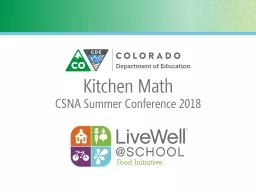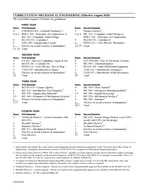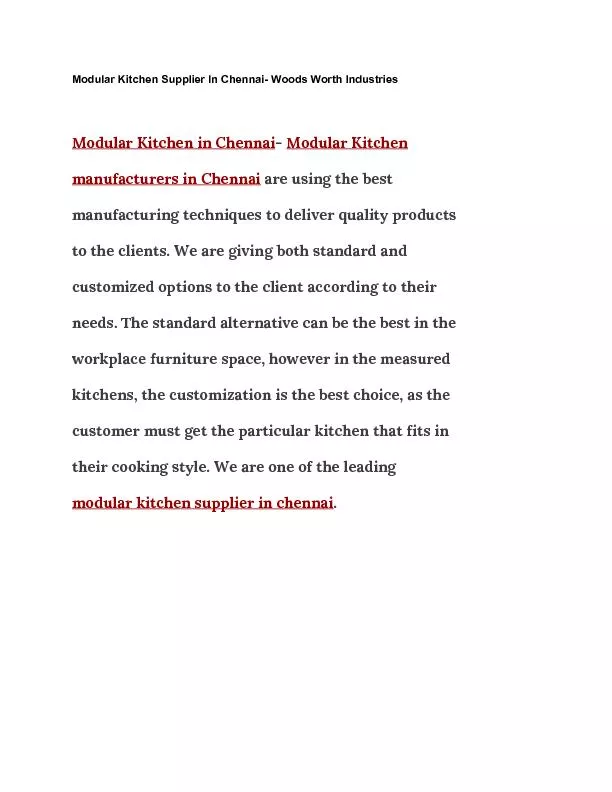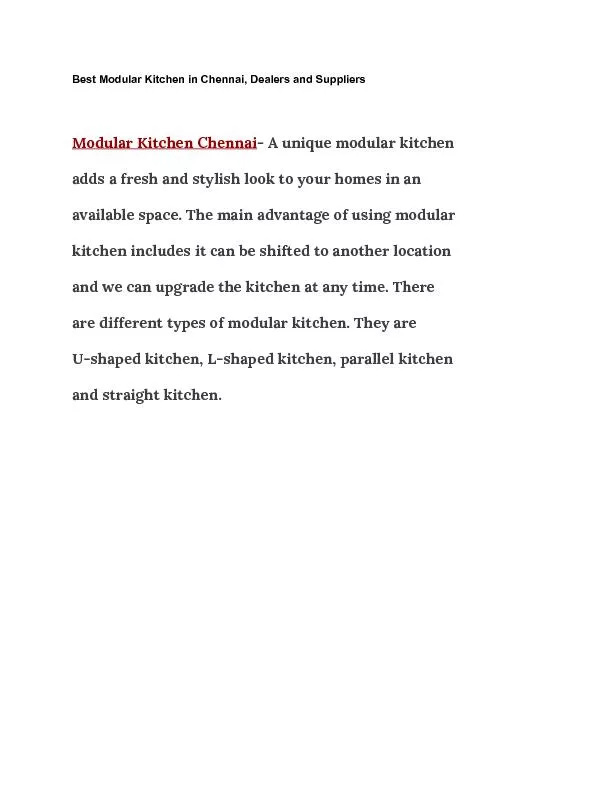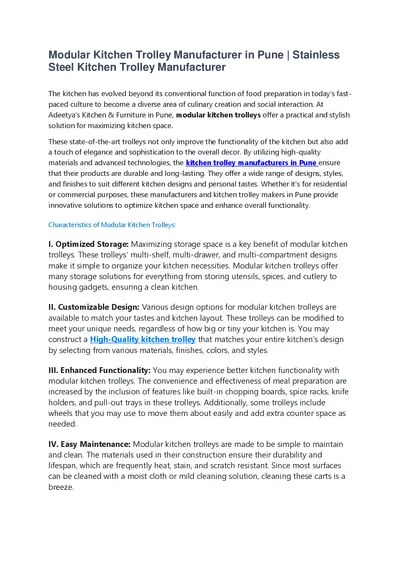PPT-Kitchen Math CSNA Summer Conference 2018 Together We Can CDE Vision
Author : briana-ranney | Published Date : 2019-10-31
Kitchen Math CSNA Summer Conference 2018 Together We Can CDE Vision All students in Colorado will become educated and productive citizens capable of succeeding in
Presentation Embed Code
Download Presentation
Download Presentation The PPT/PDF document "Kitchen Math CSNA Summer Conference 201..." is the property of its rightful owner. Permission is granted to download and print the materials on this website for personal, non-commercial use only, and to display it on your personal computer provided you do not modify the materials and that you retain all copyright notices contained in the materials. By downloading content from our website, you accept the terms of this agreement.
Kitchen Math CSNA Summer Conference 2018 Together We Can CDE Vision: Transcript
Download Rules Of Document
"Kitchen Math CSNA Summer Conference 2018 Together We Can CDE Vision"The content belongs to its owner. You may download and print it for personal use, without modification, and keep all copyright notices. By downloading, you agree to these terms.
Related Documents

